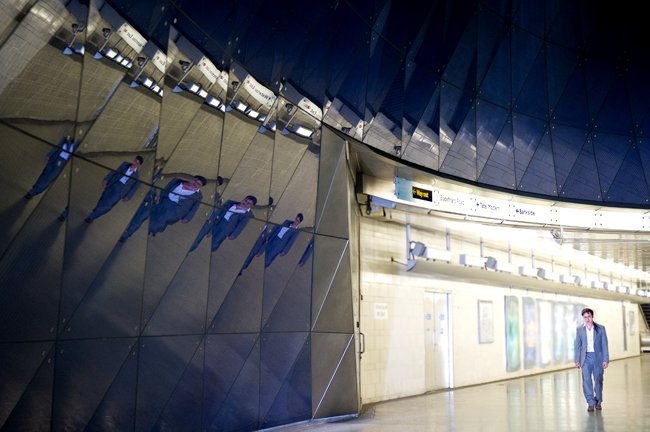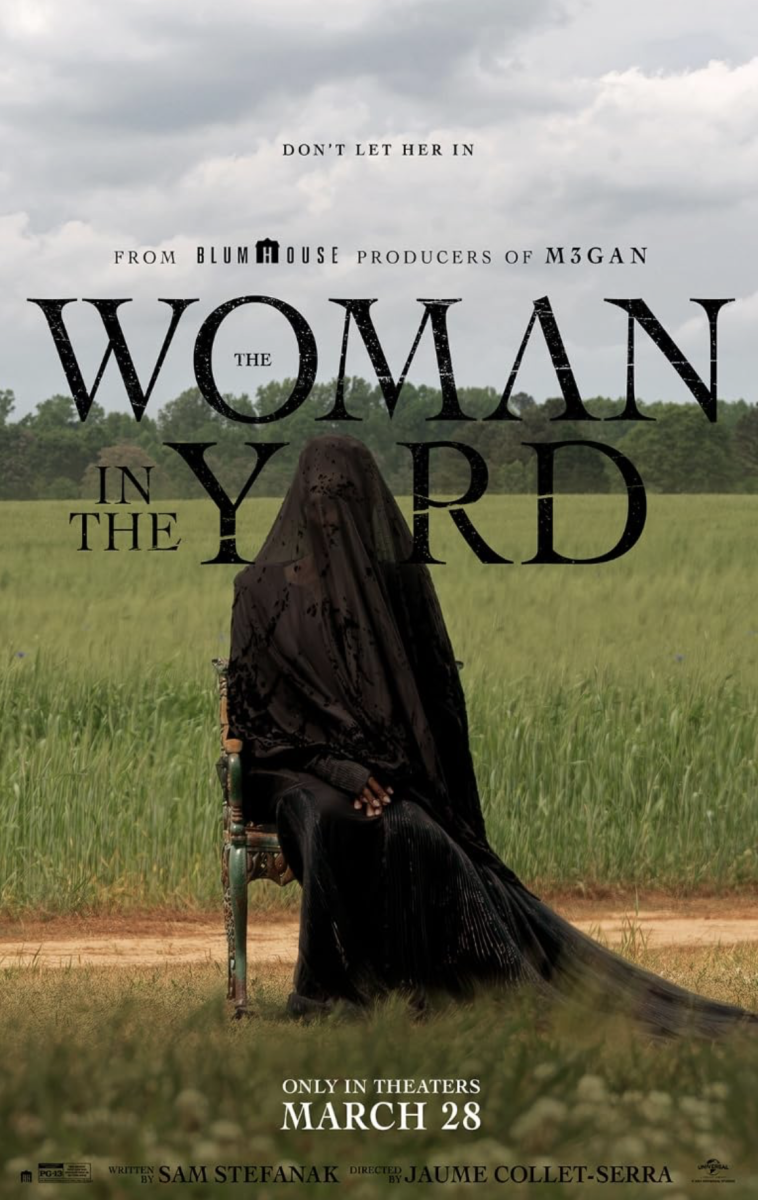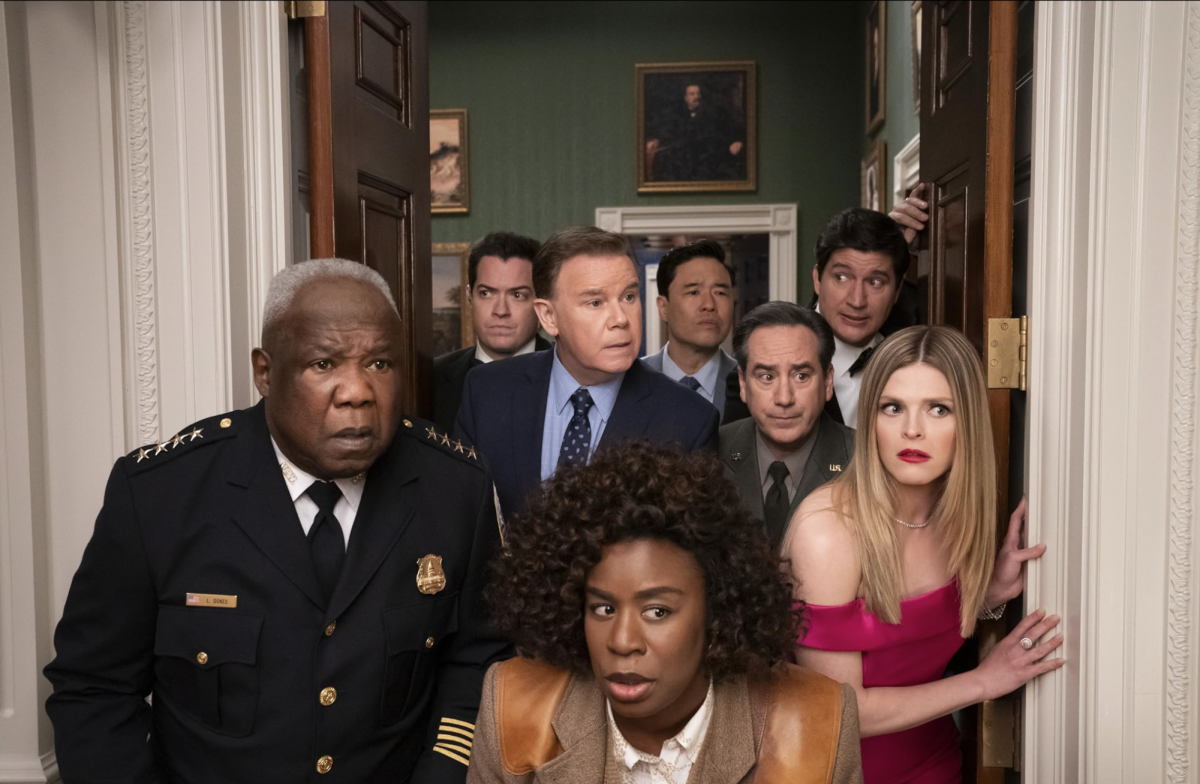“Trance,” the new film from “127 Hours” director Danny Boyle, exudes pure, unflappable confidence in every single frame. The neo-noir bristles with the purpose of a practiced storyteller throwing every trick in the book at the audience, but beneath its puffed out chest, “Trance”’s story is frustratingly empty-headed. Impressive sequences and performances are plentiful, but they’re ultimately in service of an inert narrative that never evolves beyond empty flashiness.
An exhilarating opening sequence lays out the methodology and procedure for stealing works of art, while introducing Simon (James McAvoy), a gallery employee in charge of protecting paintings in the event of a robbery. A vicious blow to the head from merciless thief Franck (Vincent Cassel) wrecks Simon’s memory of the theft of a particularly valuable piece of art. Unfortunately for Simon, he and Franck were working together on the robbery, and now he has no idea where he stashed the painting. Their attempts to recover his memory leads Simon to Elizabeth (Rosario Dawson), an alluring hypnotherapist.
Once “Trance” dives into Simon’s fractured memory, the film operates on a constantly shifting level of reality, reflected in Boyle’s increasingly oblique direction. Boyle’s imagery has overwhelmed and derailed films before, and his frustrating habit of bifurcating images past the point of clarity verges on indulgence. However, when he’s able to rein himself in a bit, Boyle works with Rick Smith’s rhythmic score and Jon Harris’ precisely timed editing to create a disorienting but compelling visual palette.
“Trance”’s story picks up a reckless momentum throughout, tossing out twists gleefully. As we draw closer to the conclusion, it becomes ever clearer that “Trance” has gnarled a fairly rote linear narrative into a convoluted knot. Once the film’s mysteries have finally been untangled, “Trance” hinges on a few very specifically timed events. Even though Boyle’s neo-noir never fails to intrigue, it’s ultimately an empty shell game, a story that exists simply because of the way the plot manipulates itself.
Even though James McAvoy is presented in promotional materials as the hero of “Trance,” his character’s inner thought process is a big part of “Trance”’s endgame, which means McAvoy is stranded in a script that never brings his character into focus until the film’s finale. He’s thoroughly adequate throughout, doing the best he can without tipping Boyle’s hand too early.
Meanwhile, Rosario Dawson emerges as the film’s stealthy protagonist, turning in a memorable, confident performance. She nails the soothing cadence of a hypnotist, and the film’s early scenes are bolstered by Dawson’s ability to communicate multitudes with a simple glance or expression. Even more impressive is how comfortably she slips into the skin of a femme fatale, exuding an effortlessly sexy self-possession that almost anchors the ridiculous contortions in the third act.
“Trance” is presented as an exciting, stylish crime thriller, but the many shortcomings of its markedly unusual premise become apparent once you start to mull it over. Danny Boyle remains a director capable of great sequences and frustrating indulgences, often all at once. “Trance” is a work of poise, and even though it ends up dissipating into nothingness once its cards are on the table, it is still fun to watch Boyle shuffle the deck.





















